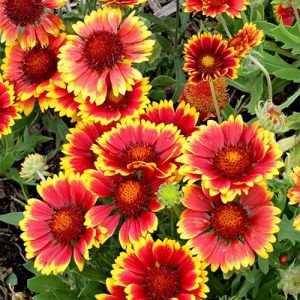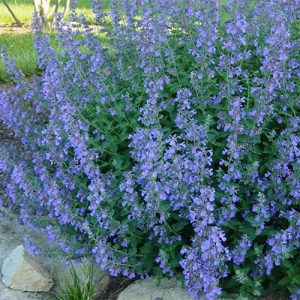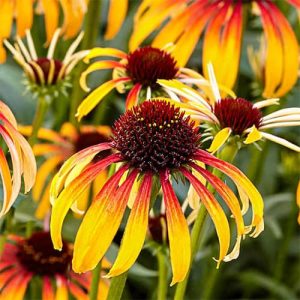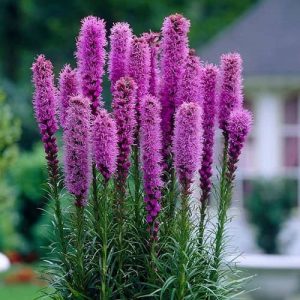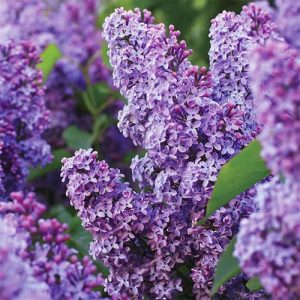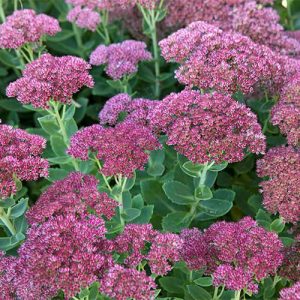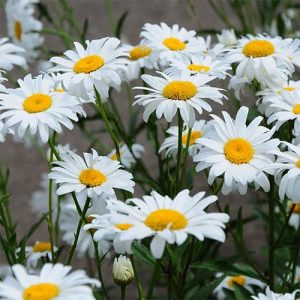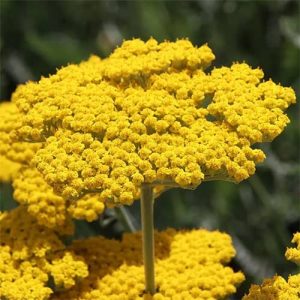Can Perennials Grow Through Landscape Fabric?
Perennial plants are a great addition to any garden and can provide color, texture, and interest for many years. But when it comes to planting perennials in areas that require landscape fabric, such as pathways or walkways, there often needs to be clarity on whether they can grow through this barrier. As a landscape expert, I’m here to answer all your questions about using landscape fabric with perennials so you can get the most out of your gardening experience!
The first thing to understand is that not all perennials can successfully grow through landscape fabric. It depends mainly on how thick or dense the material is and how well-established the perennial’s root system is. Some varieties may struggle to break through, while others may be able to quickly pass right through. To ensure success, choosing perennials with strong root systems capable of pushing through the fabric barrier is important.
So if you’re looking for an easy way to keep weeds at bay around your beloved perennials without sacrificing their growth potential, consider using landscape fabric along with carefully selected varieties of low-maintenance plants that will thrive in spite of any barriers you put in place! Keep reading to learn more about which perennials are best suited for this type of application and learn some helpful tips for setting up your own successful perennial plot despite any challenges landscaping fabrics pose.
What are Perennials?
Perennials are plants that return year after year. They come in many shapes and sizes, from perennial flowers to herbs, shrubs, and vegetables. These offer beauty or nourishment over long periods – sometimes even years! Many gardeners rely on perennials for their gardens because they know the plants will reappear as soon as spring arrives.
However, when gardeners use landscape fabric in their beds, there is a question: can perennials grow through it? It’s a valid concern worth exploring further. To understand this better, let us look at the benefits of landscape fabric and how it interacts with perennial plants.
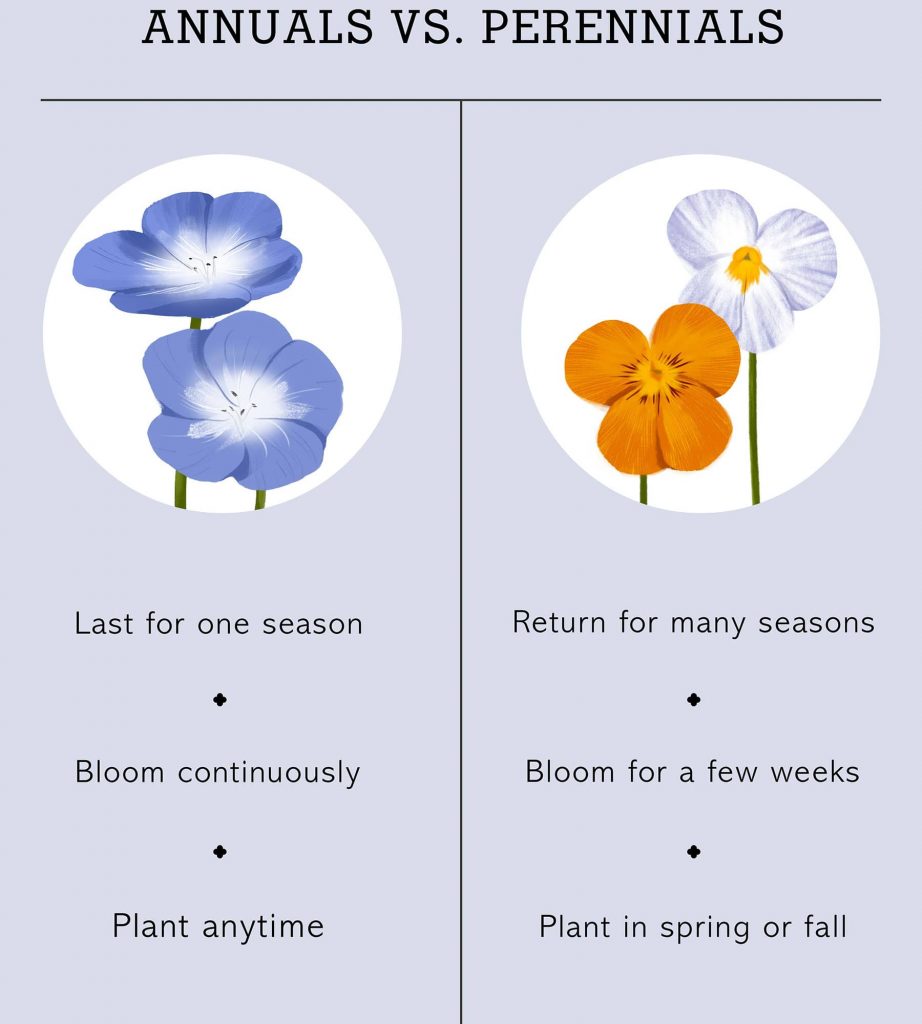
Benefits Of Landscape Fabric
Landscape fabric has many advantages when it comes to growing perennials. It provides various benefits that can help the plants thrive and make maintenance easier over time. Here are some of the key benefits:
- Perennial Benefits: Installing landscape fabric prevents weeds from growing, which gives perennials more room to breathe and grow without competition for nutrients and water. By controlling weed growth, gardeners also have less need to use herbicides or other products.
- Fabric Advantages: The material is breathable, meaning it allows air but not light through so weeds will not germinate in the soil underneath; at the same time, moisture still passes through enabling plants to be watered effectively. Landscape fabric lasts much longer than mulch alone because it keeps wood chips in place better.
- Planting Advantages: When planting a perennial bed using landscape fabric, small holes should be cut into the fabric before adding any organic matter such as compost or manure. This way, roots are able to penetrate easily ensuring healthy plant growth. Additionally, this method helps keep pathways clear between beds making them look neat and tidy.
- Maintenance Advantages: Because there is no need for frequent weeding with landscape fabric installed, maintenance costs can be kept low while keeping your garden looking well groomed all year round. Furthermore, it stops erosion by helping to hold soil particles together - ideal if you live in an area prone to heavy rainfall!
- Soil Advantages: With fewer weeds taking root around perennials thanks to landscape fabric installation, soils remain nutrient rich for longer periods of time due to added organic matter such as compost being held in place rather than washed away by rainwater runoff. This ensures healthier plants overall since their roots can access essential nutrition more easily during the growing season.
The various advantages of landscaping fabrics certainly help ensure successful results when incorporating perennial shrubs into new or existing gardens. However, factors like climate conditions and soil quality should also be taken into consideration when deciding whether these materials will suit your needs best – they may not always provide optimal conditions for every type of plant species after all!
Factors To Consider For Plant Growth
Moving on from the benefits of landscape fabric, it is important to consider several factors for successful perennial growth. Planting depth, soil quality, light conditions, watering frequency, and type of mulch used can all play a role in how well perennials thrive through this material.
When planting perennials in the ground with landscape fabric below them, one must be sure to plant deep enough that their roots can reach adequate moisture levels. It may also be beneficial to amend the soil prior to planting so as to provide additional nutrition or drainage if needed. The amount of sunlight or shade that plants receive will largely determine which types of perennials should be planted; some require more sun while others prefer shade. Additionally, watering needs vary among different species so homeowners should research what each one requires. Finally, using an organic mulch such as wood chips or shredded leaves can help increase moisture retention and suppress weeds growing beneath the fabric layer.
Perennial selection is key when attempting to grow these plants successfully through landscape fabric. Plants chosen should have fibrous root systems that spread out rather than down so they are better able to make contact with available water and nutrients.
Types Of Perennials That Can Grow Through Fabric
Do perennials have the ability to break through barriers like landscape fabric? After all, many perennial plants are known for their hardy nature and resilience. To gain a better understanding of which types of perennials can grow through the fabric, here’s an overview:
- Perennial herbs are often tolerant enough to push up between rows of landscape fabric. This includes sage, oregano, thyme, lavender, chives and mint.
- Many flowering perennials such as daisies, poppies, and black-eyed Susan’s will also thrive in these conditions.
- Most rhizomatous perennials, such as irises or daylilies, should do well when planted beneath landscape fabrics if given proper drainage and regular watering.
These resilient plants provide beauty while requiring minimal maintenance. The key is to select varieties that are suitable for your climate zone and levels of sun exposure. With proper selection and care it is possible to create stunning landscapes with living elements that a layer of protective fabric won’t thwart.
10 Best Perennials to Grow in Colorado
1. Coneflower
2. Liatris
3. Penstemon
4. Columbine
5. Blanket Flower
6. Shasta Daisy
7. Yarrow
8. Lilac
9. Catmint
10. Sedum
Tips For Planting And Maintaining Perennials Through Fabric
When planting perennials through landscape fabric, the key is to make sure there’s enough room for growth. Planting holes should be dug at least three times larger in diameter than the root ball of the perennial. This will allow adequate space for roots and soil expansion. The plants should also be planted deep enough that they are firmly anchored into the ground. Once planted, mulch can be added around them to retain moisture and control weeds.
Perennial maintenance involves pruning away dead or diseased branches, removing any spent flowers or seed heads, and cutting back excess foliage as needed throughout the season. It’s important to note that some fabrics may not be compatible with certain garden tools like hedge trimmers or lawnmowers. Additionally, when watering plants through fabric layers use caution so no water pools on top which could damage the material over time.
For successful perennial planting and maintenance through fabric layers consider factors such as plant size, spacing between each hole, depth of planting hole, type of tool used during care, and proper irrigation techniques. By taking all these elements into account, you can ensure healthy perennials while still enjoying their beauty in combination with fabric barriers.
Can Perennials Grow Through Landscape Fabric
Perennials are an important part of any garden. They can grow through landscape fabric with the right care and create a unique look in your yard. To ensure success, it is important to consider factors such as soil type, sun exposure, and water needs when choosing perennials for this purpose. In addition, proper planting techniques and regular maintenance will help keep them healthy throughout the year.
With a little bit of patience and attention to detail, you too can have beautiful blooms popping up through your landscape fabric each spring! You may find that certain varieties work better than others due to their adaptability or specific requirements. If so, experiment with different types until you discover which ones thrive best in your particular climate and growing conditions.
Overall, provide adequate sunlight and moisture while keeping weeds at bay by properly installing the fabric beneath the plants. You can enjoy vibrant colors from flowers like daisies, lilies and pink phlox peeking out from under the cover all season long!


